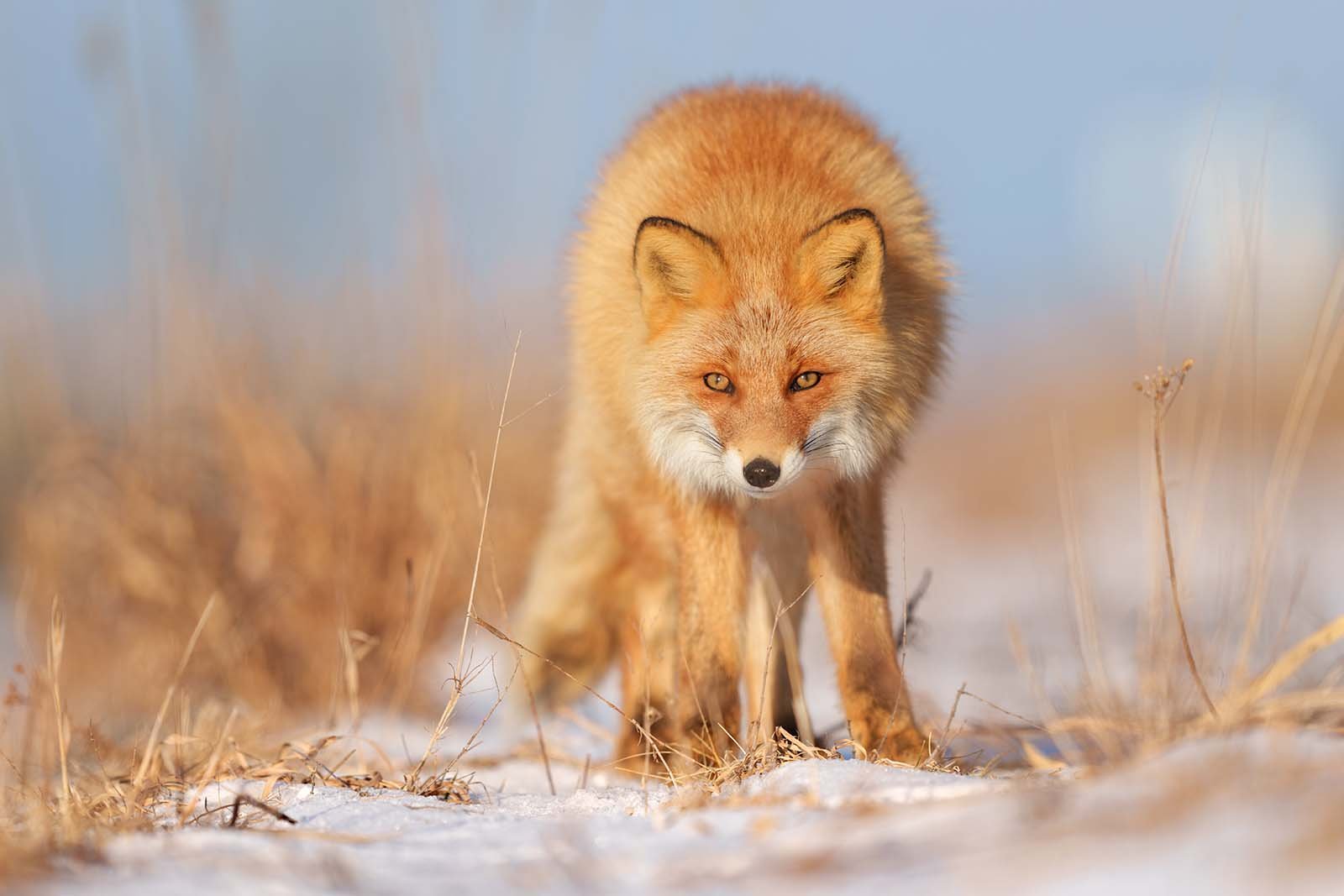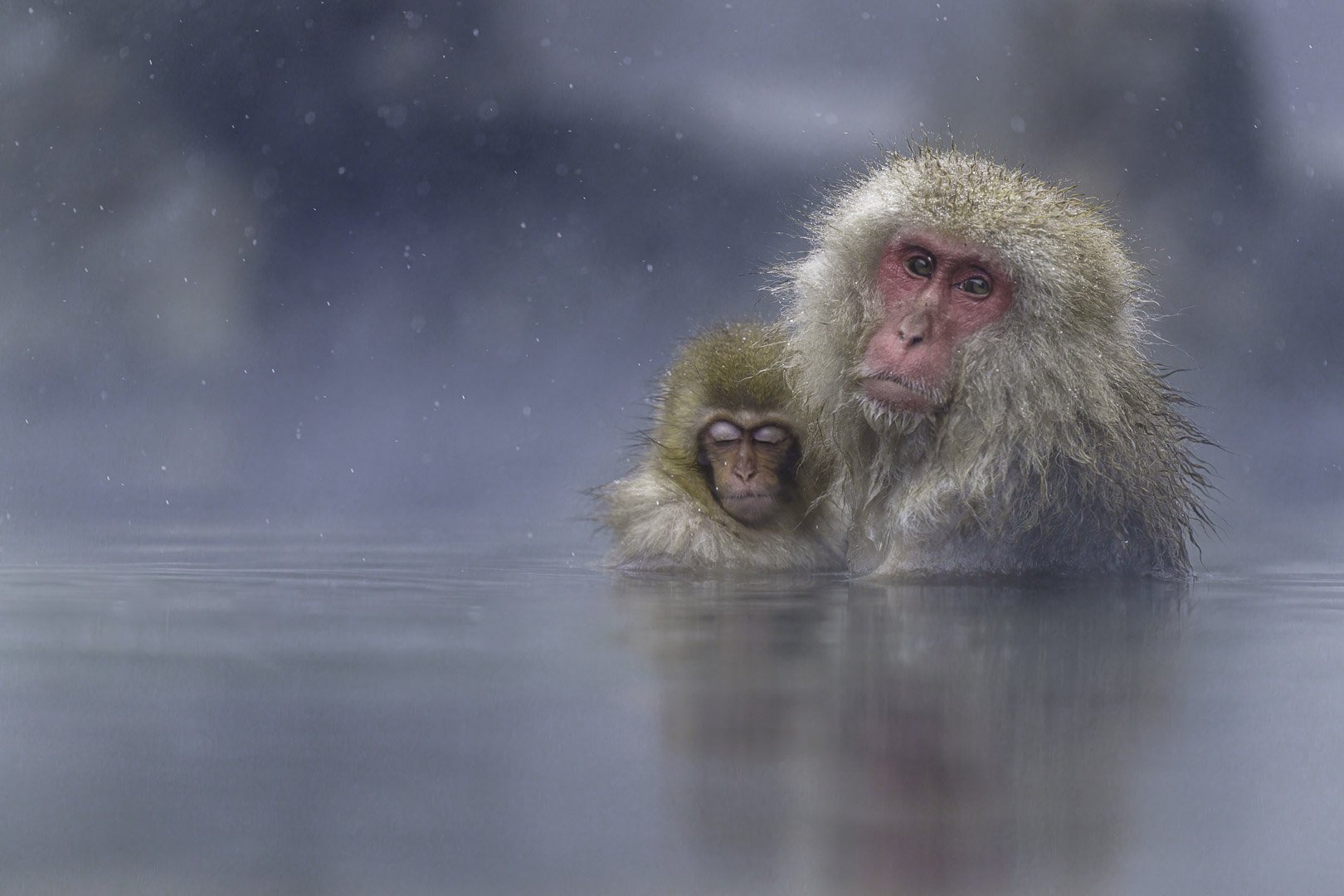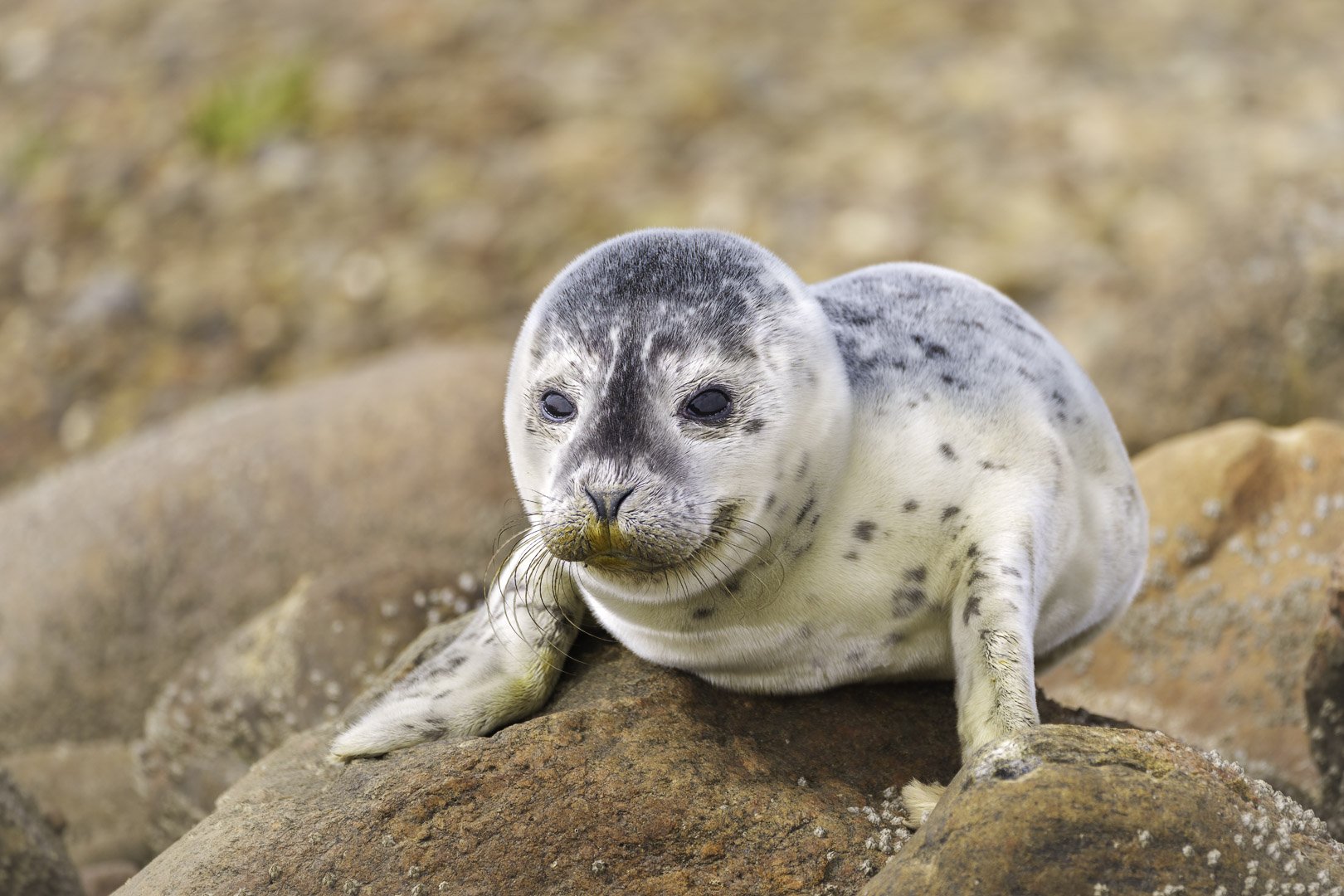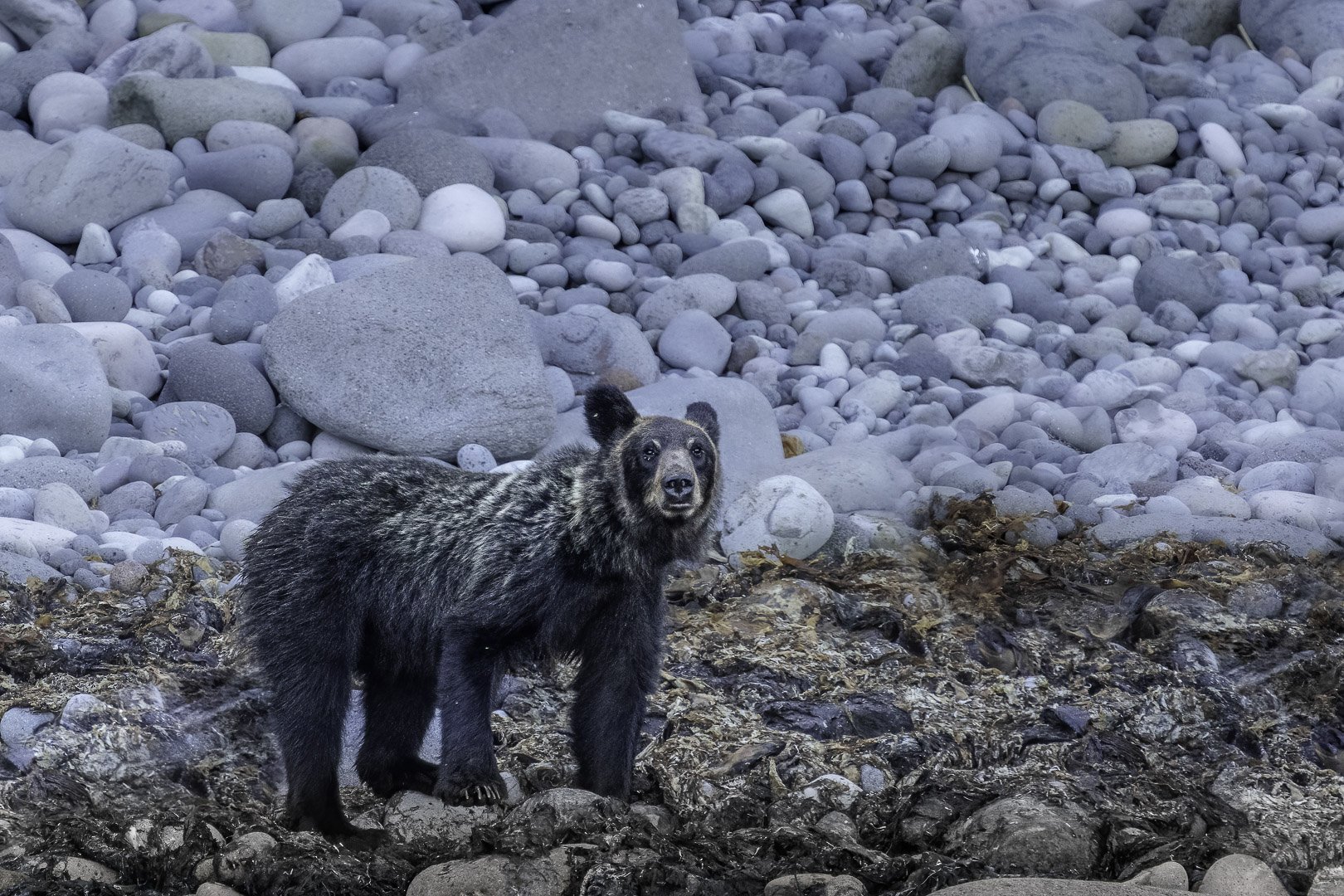Roe deer (Capreolus capreolus)
Deer (Capreolus capreolus) - Picture taken in Bavaria, Germany
Key Data
Size: 93 - 140 cm
Weight: 11 - 34 kg
Food: Grasses, fruits, nuts, herbs, young cereal, bark, mushrooms, lichens
Season: All year round
Observation Tip: Forest clearings, forest edges, agricultural landscapes, meadows
Photography Tips
Lens: From 200 mm
Difficulty Level: Easy
The European roe deer (Capreolus capreolus), also known as roe deer, is the smallest and most widely distributed species of deer in Europe. It is closely related to reindeer, moose, and the American white-tailed deer rather than the native red deer in Central Europe.
Formerly inhabiting forest edges and clearings, roe deer have adapted to diverse habitats and can now be found in open agricultural steppes as well. They flee into the underbrush with swift leaps and are considered "darter types" due to certain characteristics. As ruminants, they prefer protein-rich food and are therefore selective feeders.
In summer, roe deer typically live alone or in small groups consisting of a doe and her fawns, while in winter, they gather in larger herds. They are subject to hunting regulations and are classified as both game and small game. In Germany, the annual hunting yield exceeds one million individuals.
Roe deer have a body length of 93 to 140 cm and reach a shoulder height between 54 and 84 cm. Their weight varies depending on nutritional condition, ranging from 11 to 34 kg. Weight tends to increase from southwest to northeast, from lower to higher elevations, and from warmer to colder climates.
There are two ecotypes of roe deer: forest roe deer and field roe deer. Forest roe deer mainly inhabit forested habitats, while field roe deer live in open agricultural areas and primarily feed on crops. However, as roe deer populations decrease in forest edge zones, field roe deer return to these areas and adapt their behavior and feeding habits accordingly.
Roe deer are generally less common in areas with high populations of fallow deer, sika deer, or red deer. Research on interactions between roe deer and other species is still lacking, but roe deer typically leave grazing areas when fallow deer appear. They maintain a greater distance from red deer due to their rutting behavior, which greatly disturbs them. In some areas, an increase in roe deer population has been observed when the number of red deer has decreased. Sika deer also push roe deer back. Roe deer exhibit different behaviors when dealing with wild boars.














